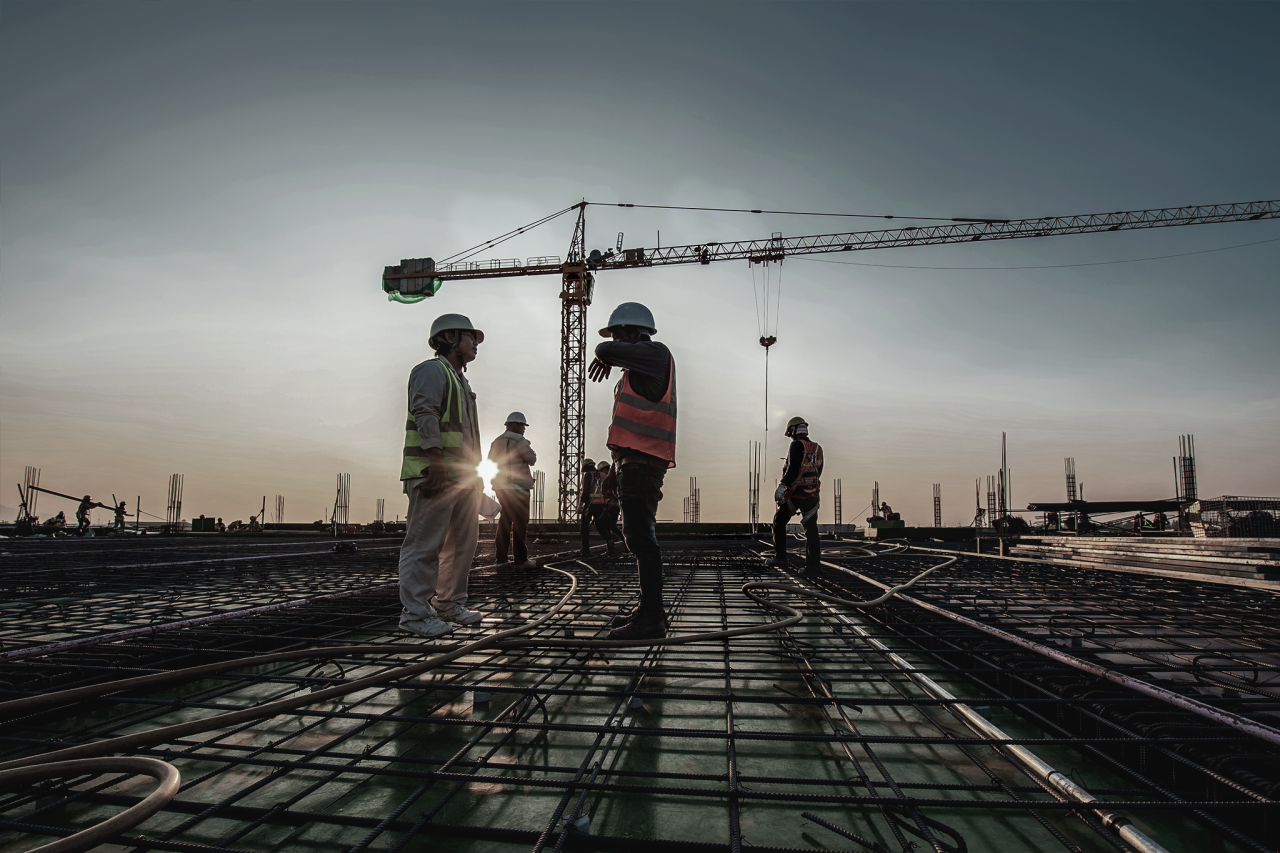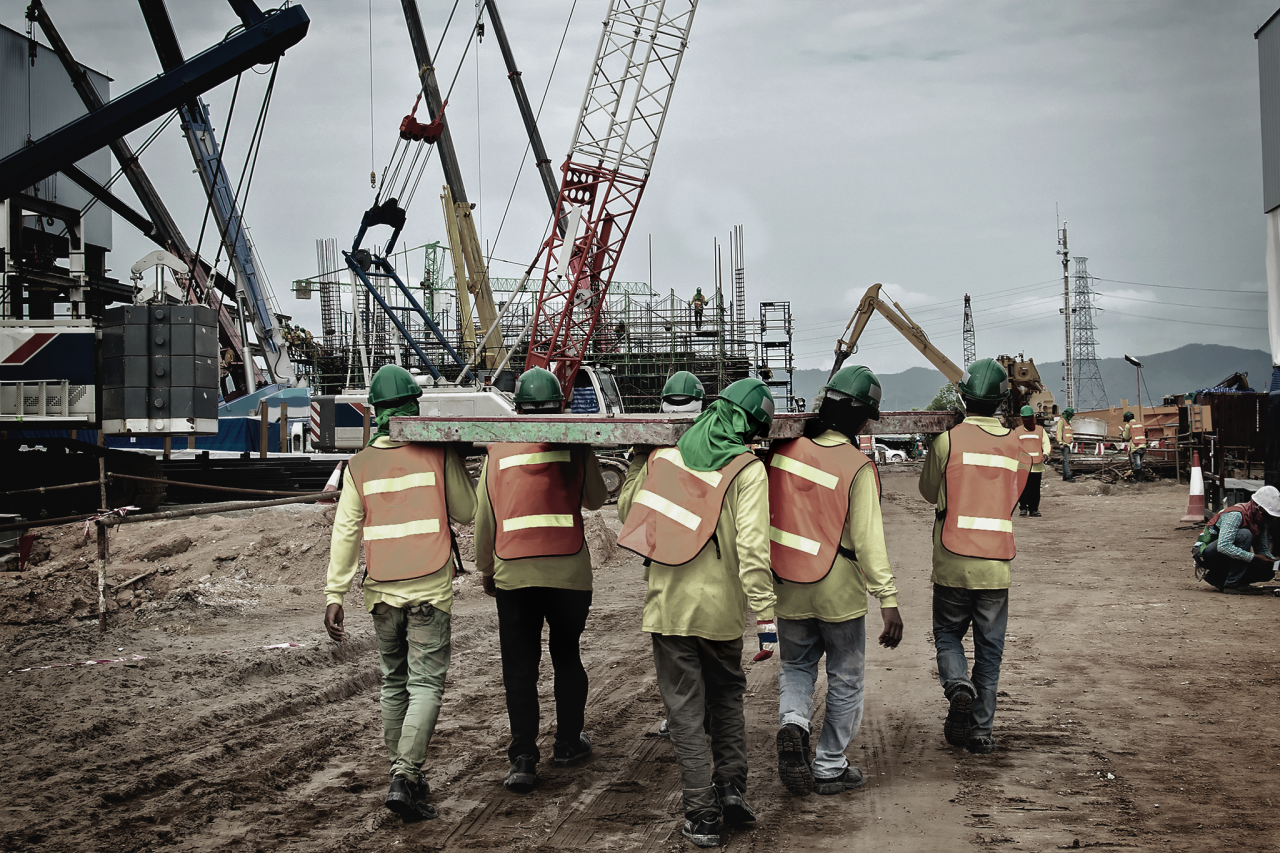Integrated project delivery (IPD) is a methodology designed to address declining productivity and efficiency across the construction industry due to poor communication between project stakeholders.
Imagine a world where:
- All contractors, suppliers, owners and stakeholders are involved in the project from the conception process to completion.
- Communications throughout the project are clear and concise, with a focus on transparency and trust.
- Each process is results-oriented and decisions are made based on more than initial cost.
- Teams can consistently deliver high-quality projects that provide better value to owners, on time and on budget.
This is the integrated delivery of the project.
How does integrated project delivery work?
The goal of integrated project delivery is to bring together all project stakeholders – owners, designers, contractors, engineers, etc. – early in the process to establish a clear vision and develop a comprehensive plan to achieve it.
At the beginning of a project, before working on any project, this team of stakeholders collaborates to clarify the project objectives, shares their suggestions based on individual experience, and makes collective decisions about each step of the project.
Each stakeholder brings their unique experiences and knowledge to the table in this early planning process to help avoid scheduling issues and rising costs that can arise in later phases of the project.
IPD also integrates lean construction principles to maximize value and increase productivity; each interested party works together to seek continuous improvement throughout the entire project.
And yes, integrated project delivery often means stakeholders spend more time and effort upfront; however, it also ensures a more collaborative approach, keeping everyone on the same page from the start and making it easier to identify potential issues early.
By uniting key individuals with different expertise into a single team with a clear vision, the IPD process makes design and planning more efficient and helps reduce the need for costly and time-consuming change orders in the future.
Integrated project delivery versus traditional construction methods
No matter the size and scope of a construction project, planning plays a key role in setting it up for success.
The two main differences that set integrated project delivery apart from other construction planning methods are:
- When planning happens
- Who is involved in planning
In a more traditional construction project, the homeowner would work with an architect to come up with their design. They would then work with a general contractor or construction manager to develop that design.
This approach has worked well for many owners in the past; however, it is not the most efficient delivery method – especially for large projects.
Let’s explore the inefficiencies of traditional construction methods a little deeper.
So we have a lead designer who works independently with the project owner. They create the designs based on what the owner wants, but may not have the most up-to-date knowledge on costs, construction methods, etc.
Then the builders come on board, bringing with them a different perspective. They likely don't fully understand the overall vision and intentions of the project or the circumstances that led to each design decision.
But many construction projects work this way – and have done so for a long time – so what's the problem?
The chances of the designer and contractor agreeing on every decision at this point are basically zero, and changes to the design or planning are likely to occur, impacting the project cost and schedule and affecting everyone involved.
When everyone involved in the project is not on the same page, you will see changes and delays, slowing down the process and costing you time and money. Integrated project delivery solves this problem.
IPD brings everyone together from the beginning of the project so that each person involved can contribute their expertise, forming a plan to get the project up and running efficiently from start to finish.
Ultimately, the benefits of integrated project delivery come from spending a little extra time and effort upfront to make any necessary changes early in the planning process, before they affect project costs and schedule.

The benefits of IPD in construction
We can summarize the benefits of IPD for construction professionals in four words:
"Save time. To save money."
When each project stakeholder brings their collaborative expertise together early in the construction process, the result is an efficient project plan that can be put into action with less hassle than other delivery methods.
And because IPD supports a lean approach, stakeholders can realize the benefits of lean construction with fewer unexpected changes along the way.
Integrated project delivery does not guarantee a problem-free project, but it will ensure that it starts off on the right foot.
Looking for more ways to improve your project efficiency?
Integrated project delivery goes hand in hand with lean construction, and implementing lean practices is one of the best things any construction organization, project manager or contractor can do for their business.
Combining lean methodologies – such as pull planning and the Last Planner® system – with the IPD process is the key to project efficiency and on-budget and on-time delivery.


